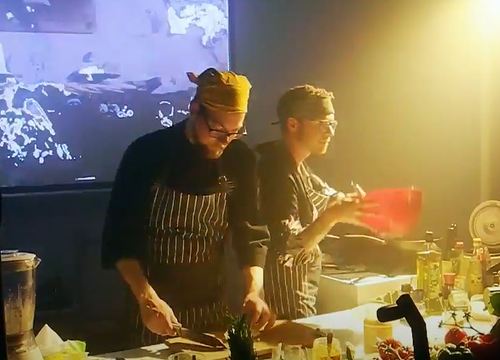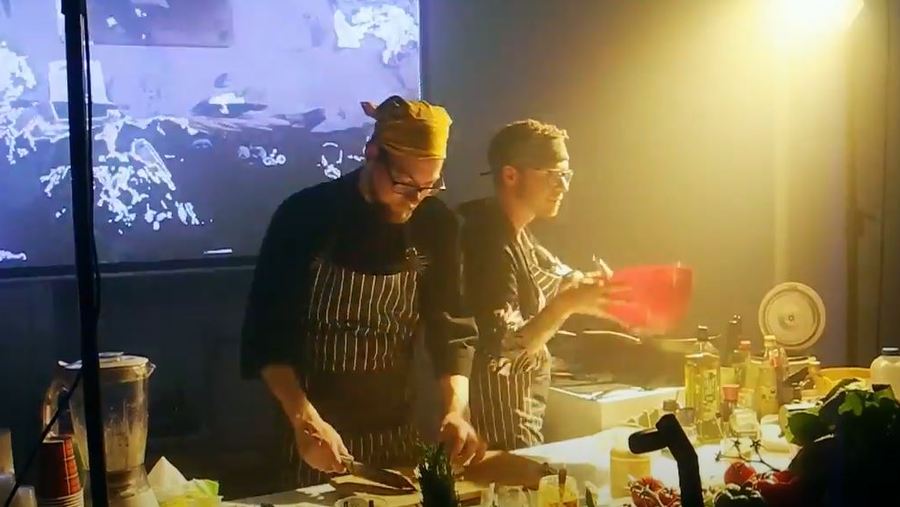Beyond Arts Disciplines (BAD) is based on an international Erasmus + strategic partnership between the Frank Mohr Institute of Minerva Art Academy, Prince Claus Conservatoire, Iceland University of the Arts and Stockholm University of the Arts. Within this project the partner institutes take the collaboration towards an transnational and transdisciplinary dialogue emphasizing on collaboration beyond the boundaries of disciplines.
Beyond Art Disciplines (NAIP)
- Studentwork

Participants will be students and lecturers from different artistic fields, with the focus on art forms coming from performing and visual arts, such as music, theatre, opera, performance art, fine art and design.
BAD was a very interesting and highly inspiring programme. I've learned a lot, I saw the creative processes through the prism of other professionals. I've gained much knowledge and appreciation for the different artistic talents, approaches, and practices. That influenced me truly and deeply and gave birth to many of my new ideas.
Quote from participant

Stemming from different art disciplines the participants of the BAD-project were in need of a space that was 'empty' or 'open' enough to start up new relationships and new ways to connect to each other.
Quote from participant
Wilhelm Carlsson (member of the Beyond Art Discipline team, Uniarts Stockholm) reflects on Beyond Art Disciplines (BAD) and the notion of Cross-Arts:
"In the Minerva Academy of Fine Arts in Groningen I met two students, one in fine arts the other in music (Hannes Arvid Andersson and Simon Haakmeester).They found that they both loved cooking food, thus creating a performative piece of music, cooking food and serving the audience a meal as the final act of the performance. You could never tell who was the composer and who was the fine art student.
They were both subordinated the method, the mind game, their love for food and their wish to share it with others. Embedded in the idea of cross-arts is a deep sense of trying to get away from preconceived methods to meet the audience. It is reaching the unexpected in an unexpected way. Sometimes cross-art happens out of the pure need of getting away from fixed relations with the audience such as theatres and concert halls offer. This is the performative aspect of art – it only happens in the moment of creating it, it is not there forever and I seek a unique relation to the audience".
During the week we experimented with different approaches, some of which I found particularly interesting. We were confronted with "empty space" (and therefore with total freedom of action) and more structured exercises. Through means and languages that were not always proper to our artistic practice, we were able to actively open a dialogue to new practices, sometimes leaving aside our professional specialisation.
Quote from participant
Feedback component
How satisfied are you with the information on this page?